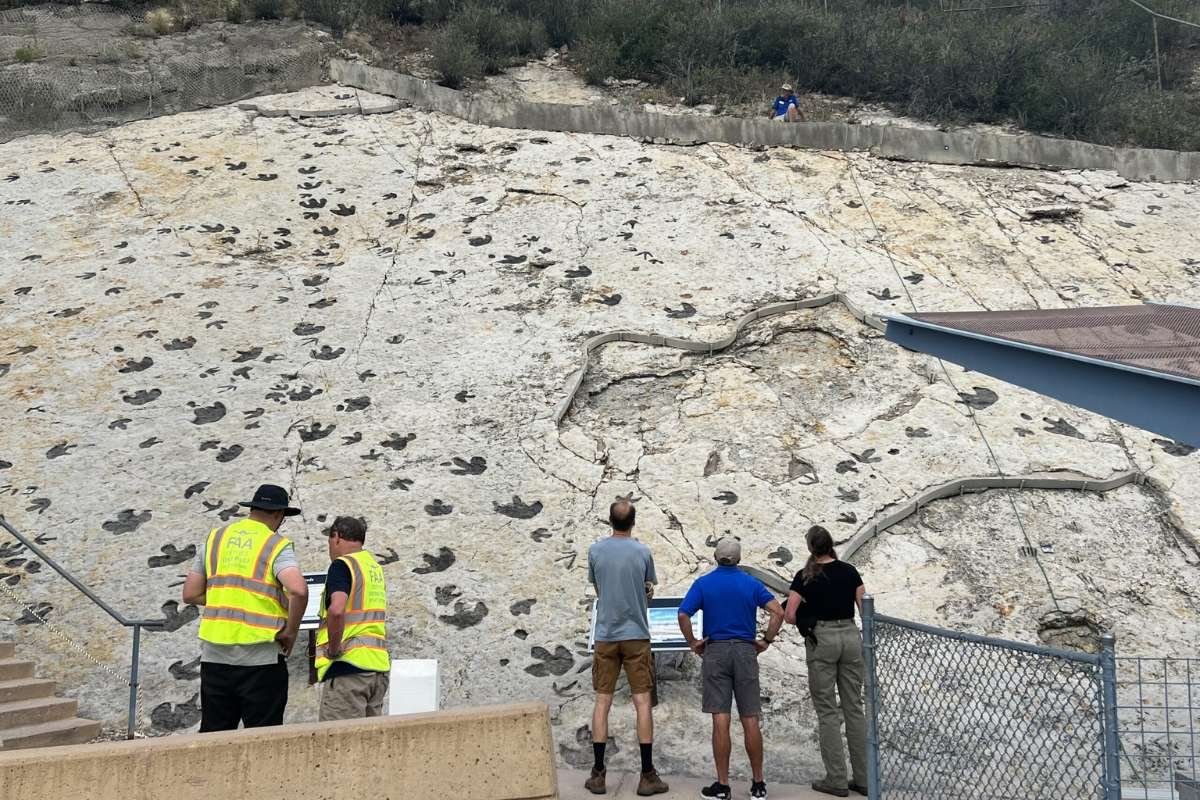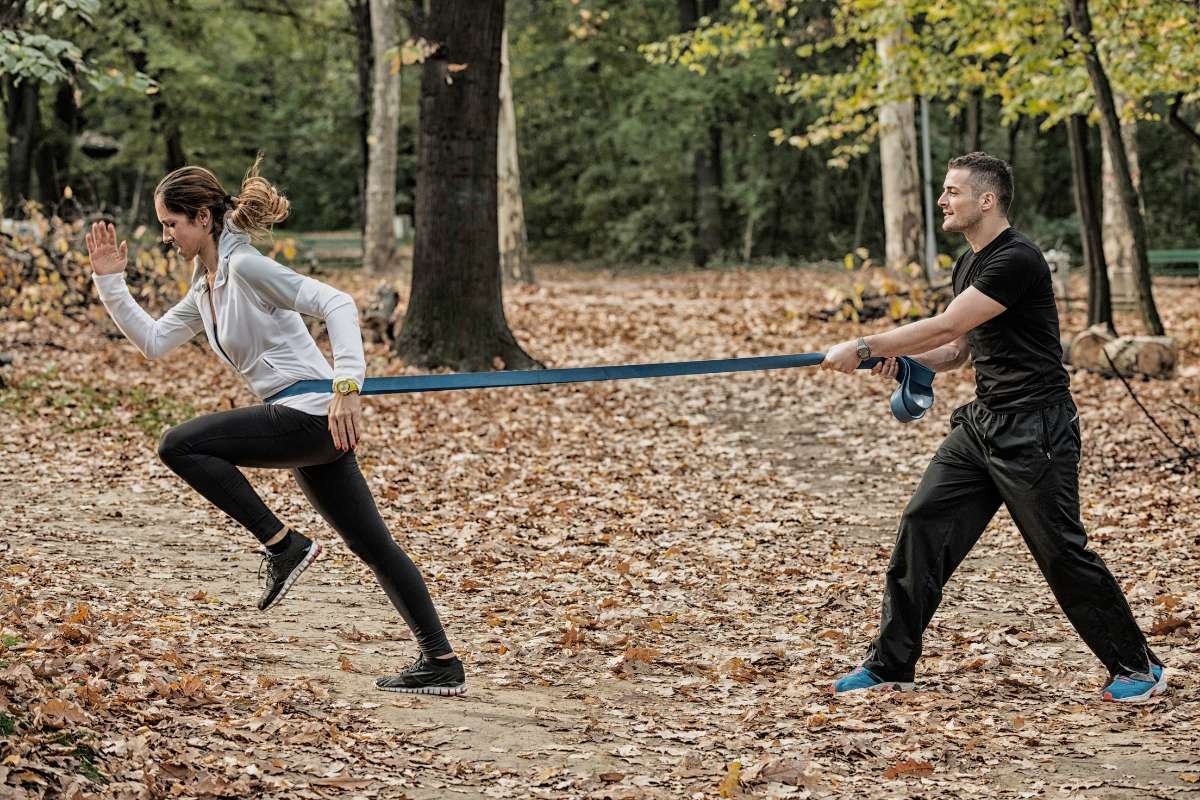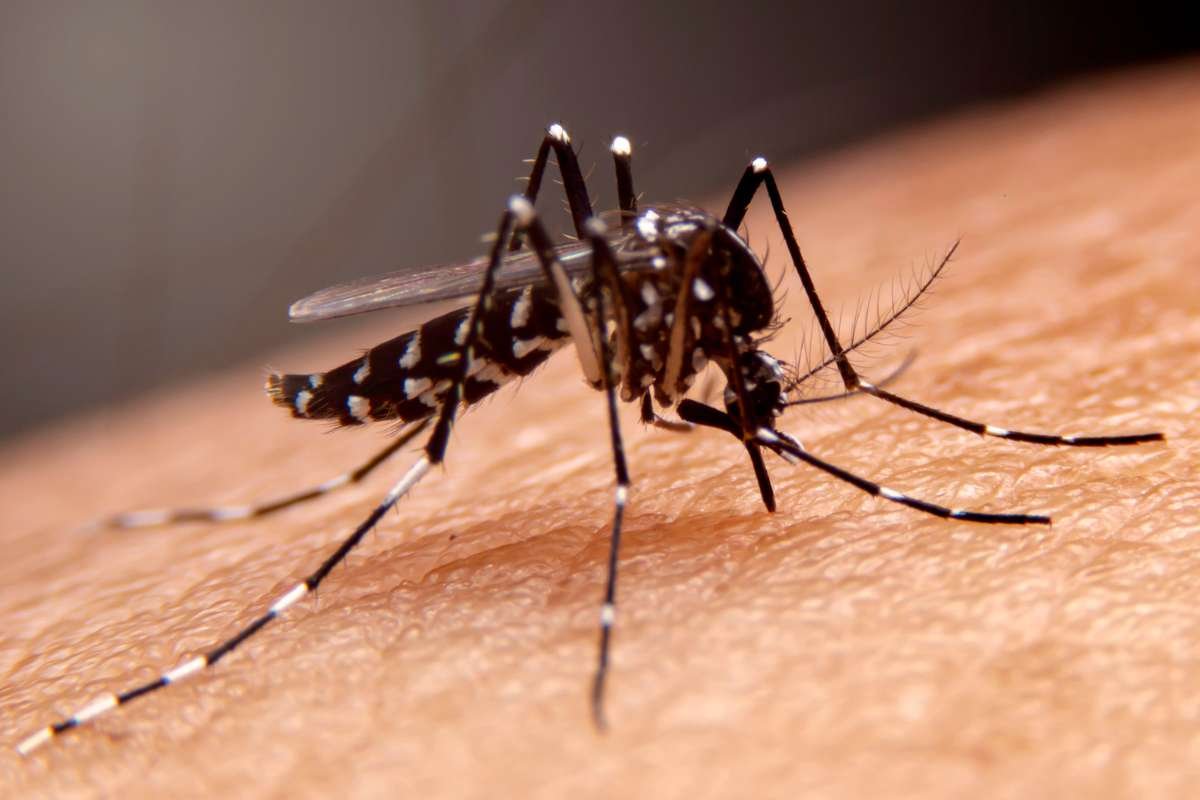In a remarkable discovery at Dinosaur Ridge in Colorado, scientists have uncovered what appears to be the fossilized remains of a dinosaur mating arena, where males performed elaborate dance-like movements to attract mates. The site, dated to around 100 million years ago, features dozens of paired scrape marks etched into sandstone, attributed to medium-sized theropods.
Researchers believe these marks were created by male dinosaurs kicking and shuffling their feet in repeated displays, much like modern-day birds in lekking rituals. These communal display arenas are still seen in species like sage grouse and manakins, where males compete for female attention through coordinated dances.
According to the team, alternative explanations—like foraging or nesting—didn’t align with the positioning and repetition of the scrapes. This rare insight into dinosaur courtship behavior offers a fresh perspective on the social lives of creatures often depicted as solitary predators. The full study, using drone imaging and 3D models, was recently highlighted by Live Science.
Canadian Tracksite Reveals Mixed-Species Dinosaur Herd
Meanwhile, in Alberta’s Dinosaur Provincial Park, paleontologists have made another significant find: a 76-million-year-old tracksite showing multiple dinosaur species moving together. Dubbed the “Skyline Tracksite,” this ironstone-preserved slab features at least 13 ceratopsian tracks from five individuals, alongside footprints from ankylosaurs and small theropods.
The site also includes a pair of large tyrannosaur prints crossing the path of the herbivores, suggesting a possible predator-prey interaction frozen in time. Although researchers stop short of claiming a chase, the layout strongly implies that tyrannosaurs were observing or stalking the herd.
What makes this discovery especially noteworthy is that it’s the first confirmed mixed-species tracksite in the park. Scientists believe the herbivores may have been traveling together as a defense strategy, much like modern-day zebras and wildebeest. As Discover Wildlife reported, this multitaxic grouping offers new evidence that some dinosaurs may have been more socially cooperative than previously believed.
New Fossil Evidence Rewrites Dinosaur Social Behavior
Together, these groundbreaking discoveries paint a far more nuanced picture of dinosaur behavior. At Dinosaur Ridge, the “moonwalking” scrapes in the dinosaur mating arena suggest courtship dances were not only present, but essential to theropod mating. Meanwhile, the Skyline Tracksite points to herd-like movement across species lines—implying complex social structures and perhaps even cooperative survival strategies.
Both sites contribute to a growing body of evidence that dinosaurs were far from the lumbering, instinct-driven reptiles of old textbook illustrations. Instead, they may have exhibited sophisticated behaviors: rituals in a dinosaur mating arena, group travel, and shared habitats.
These findings, recently featured in publications like National Geographic, challenge long-held assumptions about prehistoric life and promise to inspire future excavations across the Badlands and beyond. As paleontologists continue to apply modern imaging techniques and behavioral ecology models, more secrets of the Mesozoic era are likely to come to light—one footprint at a time.
Visit The Lifesciences Magazine to read more.







